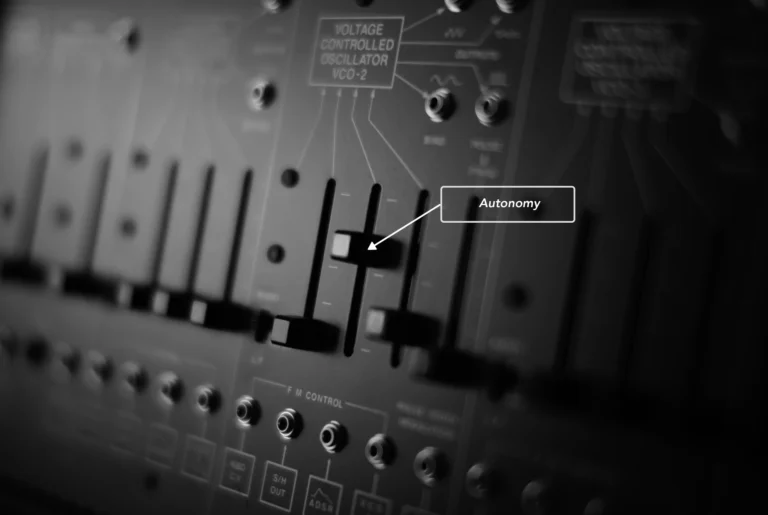The following information on robotics commercialization is an excerpt from our guide, The Enterprise Guide to Building a Robotics Roadmap.
Setting milestones, opening communication, and tracking data all feed into one main goal: commercialization.
It’s a long journey from experimentation to enterprise-level implementation, and when you get to the final stages, proposing commercialization in a manner that resonates with stakeholders can feel like an entirely new challenge- and to be frank, it is. At a high-level view, this involves translating all the data and findings collected highlighting tangible results that answer the goals set at the beginning of R&D. Much of this data can be collected and visualized using the robot platform you’ve built or selected.
Some key benefits and metrics to include in your proposal are:
Focus on return on investment (ROI)
When presenting to executives, ROI should be center stage. Provide a detailed analysis of cost reductions, efficiency gains, and potential revenue increases, emphasizing the financial benefits that align with overall organizational goals.
Highlight operational efficiency metrics
The bottom line always matters at the executive level. Zero in on key operational metrics that directly demonstrate the positive impact of robotics on efficiency and productivity. Choose metrics such as reduced cycle times, increased throughput, and workflow improvements to emphasize the practical operational benefits.
Emphasize real-world use cases and success stories
It’s often true that seeing is believing- especially for decision-makers who likely have a shared vision for the future of robotics in the enterprise. Capture their attention by sharing compelling real-world use cases and success stories from your testing. These examples provide concrete evidence of how robotics can positively influence daily operations and contribute to overall organizational success.
Outline scalability plans
Commercialization often, if not always, insinuates the need for scaling beyond one or a few robots from testing. Offer a clear and well-defined strategy for the scalability of the robotics solution, including a designated robot platform that will support the fleet. Demonstrate how the technology can grow with the organization’s evolving needs, ensuring flexibility and adaptability for future expansions.
Align with long-term strategic goals
This is something you’ve hopefully built from the beginning with project champions and executives. Lean into the goals you set previously, providing data-based results against them and potentially including a demonstration to show the progress made, in-person. Show how you incorporated the feedback they provided throughout testing and speak to how it shaped the plans for commercialization. Use these to speak to how robotics will position the organization for a competitive advantage and lay the groundwork for future-proofing relevant processes.
When meeting with decision-makers, it’s best to do it in the form of a discussion rather than an idea that can simply be accepted or rejected. The key to conveying your message to a non or less-technical executive audience lies in simplifying complex technical information into a narrative that resonates with their business-oriented perspectives. Steer conversations around technical data to focus on broader business impacts and benefits, staying away from intricate technical details that may muddy the general goal.
Visualizations, especially for key data points, can help results be more accessible and easily digestible; executives are more likely to implement something they can visualize the success of.
Last but certainly no less important, keeping communication and a sense of “partnership” beyond the proposal is essential. In some enterprises, it is the standard that once R&D processes are concluded, the department has no view into what happens next, and communication is non-existent. To prevent a “silent exchange” of sorts before results are handed to decision-makers, propose avenues for ongoing collaboration and dialogue. This can range from something as simple as a Teams or Slack channel where cross-department members can exchange advice or continue regular meetings- that should likely commercialization be approved, the team may periodically need information from the robotics team to scale their work.
The road from R&D to commercialization is a long one. Your efforts don’t have to be subject to the directionless whims often faced at the enterprise level. At Formant, we’re here to help you navigate enterprise robotics and gather the data necessary to successfully complete R&D requirements and attain commercial-scale robotics.
If you’d like to learn how to build a roadmap to robotics commercialization, download a copy of The Enterprise Guide to Building a Robotics Roadmap, for free.



